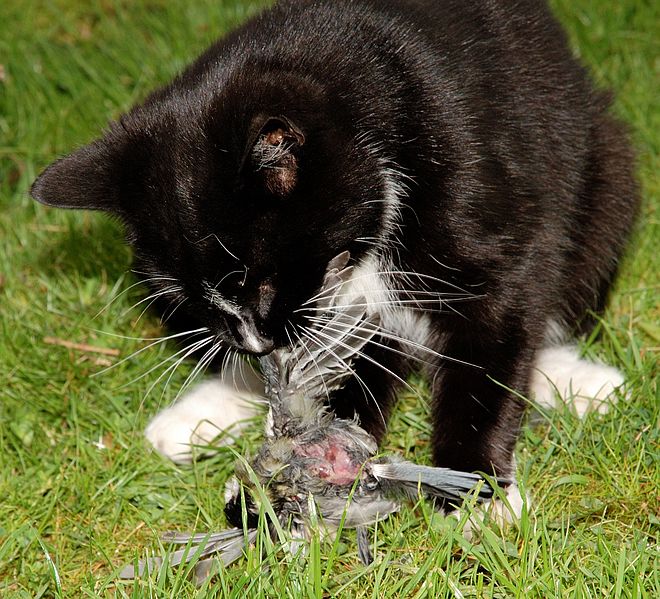The Problem
Cat ownership is not defined. This makes the Animal Welfare Act completely impossible to implement in the case of cats. The existing categories of cat – companion, stray and feral – cannot be practically applied on the ground.[i] This has negative implications for the welfare of cats, and makes their management impossible.
Wandering cats are worse off. The lack of clear ownership is actually an animal welfare issue, because ultimately wandering cats are worse off.[ii] Cat welfare could be improved by promoting an indoor lifestyle; an indoor cat lives a longer more disease free life, while by comparison, a free roaming cat lives a shorter life and more commonly dies of illness and physical harm from injuries, accidents and fights. Clearly cat welfare is not served by allowing large numbers of cats to live outside of an ownership model where they are more susceptible to poor condition, increased disease and a shortened lifespan. To improve the welfare of these cats through mitigation of future suffering they must be rehomed, adopted fully or removed from the population.
The Solution
All owned cats require clear identification to prevent them becoming lost and unable to be returned to owners. Any amendment to the Animal Welfare Act MUST include legal requirements for microchipping and collars which identify ownership of cats.
Annex : Additional Benefits of Clarifying Cat Ownership
As a result of the lack of clear cat ownership, most people in New Zealand that wish to manage cats cannot do so. Clear ownership would allow local authorities to promulgate regulations to manage local cat populations, particularly in sensitive wildlife areas.
Theoretically people currently have the right to humanely live-trap cats that are wandering on their property. Companion cats can be returned to their owners (possibly with compensation under the common law principle of ‘Distress Damage Feasant’). Stray and feral cats can be rehomed or humanely euthanized by a qualified person. However, without a method of identifying a cat’s owner it is impossible to distinguish which category (companion, stray or feral) a cat fits and therefore what action is appropriate. As a result, it is effectively impossible to manage cats in urban areas without the risk of accidentally killing companion cats. In rural areas many people are managing cats on their property, but they are almost certainly harming or killing companion cats that are mistaken for feral ones. Again this has implications for cat welfare.
Cat management is important for the following reasons:
Wandering cats kill native birds. Studies have shown that in our cities cats kill native birds faster than they can breed.[iii] The damage inflicted on native lizards and invertebrates is unknown but probably even greater. This is a welfare issue for our native wildlife, which we aim to protect under the Wildlife Act 1953. The lack of definition of cat ownership in the Animal Welfare Act is in contravention with this aim and puts these two Acts in conflict.
Wandering cats are a public health risk, as they transmit toxoplasmosis through their faeces. This is particularly a risk for pregnant mothers and people with low immunity.[iv] We know that toxoplasmosis can infect the brain in particular. Possible links are being found between toxoplasmosis and many of our common ailments: schizophrenia, PTSD, depression and OCD, seizures, encephalitis, autism, migraine, Hodgkin’s, Parkinson’s and more recently Alzheimer’s.
Wandering cats trespass and damage private property. Currently property owners have no recourse for the damage that a wandering cat might do to their property, or their attempts to encourage native wildlife onto their property.

